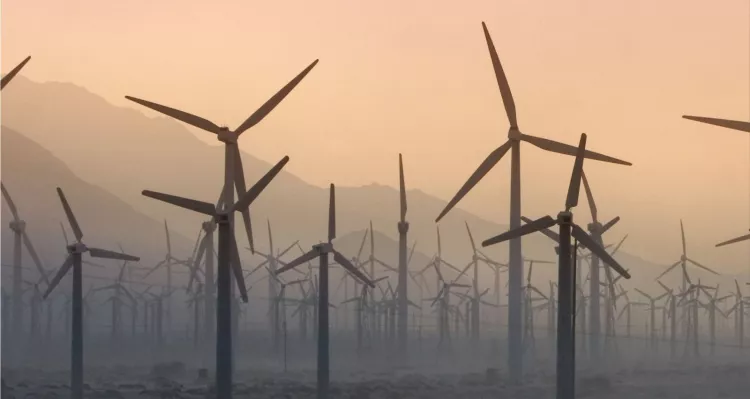The major problem of switching to renewable energy sources is the lack of available technologies for converting electricity derived from solar and wind energy into chemical fuel for long-term storage and in the opposite direction.
There are already certain solutions in this area, but for the time being, they are too expensive and work only in one direction of transformation. However, now scientists have proposed a model of a fuel cell that turns energy into fuel and vice versa, and if the principle of its operation is worthwhile, the development of renewable energy sources will receive a new powerful stimulus.
Researchers have created a new type of fuel cell - a proton conducting fuel cell (PCFC), which converts electricity into hydrogen fuel and back with a single set of catalysts. It consists of two electrodes, separated by a membrane that transmits protons.
However, for the time being, both new devices are small laboratory samples. In order for the technology to become widespread, researchers need to increase the scale of devices without reducing their performance. If engineers can achieve this, the cost of storing renewable energy can drop dramatically, which will help networks and consumers to end their dependence on fossil fuels.
The market for such technologies grew in parallel with the development of renewable energy: in 2007, with the help of the sun and wind in the USA, only 0.8% of the total electricity was mined, and in 2017 - already 8%. But supply and demand do not always correspond to each other: for example, in California, solar panels generate much more electricity on clear days than the power system needs in the daytime, but they do not produce it after sunset, when all consumers at home actively consume electricity. [via sciencemag]
Many thousands of trucks roll on highways every day. This has an enormous impact on the environment because freight traffic is anything but clean. Hyundai Motor wants to change that, and it has delivered the first seven Xcient Fuel Cell trucks in… Continue reading
Hyundai Motor Company and Ineos Group have announced that they want to jointly develop hydrogen battery technology for electric cars. According to a signed memorandum of understanding between… Continue reading
They look a bit like modern street lamps or even oversized fountain pens that someone has stuck in the ground - but are supposed to produce energy: The Spanish company Vortex Bladeless wants to generate wind power by swinging instead of turning. … Continue reading
The batteries in electric vehicles have the added benefit of being recyclable after serving multiple purposes. Audi incorporates prototype automobile batteries into portable power stations. Electric rickshaws in India give them a new… Continue reading








